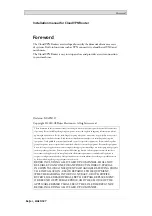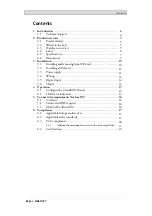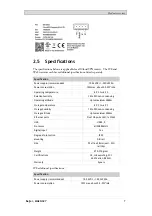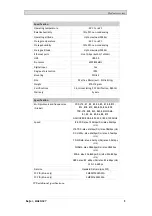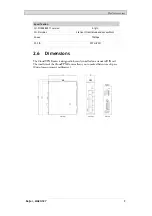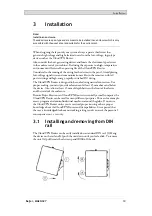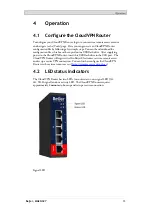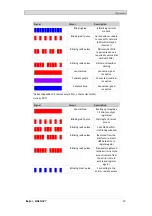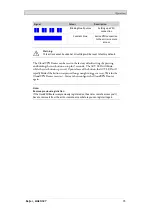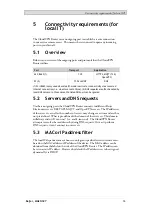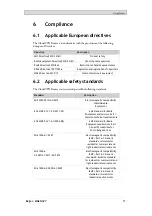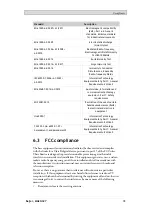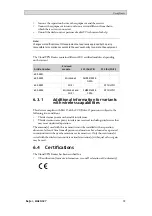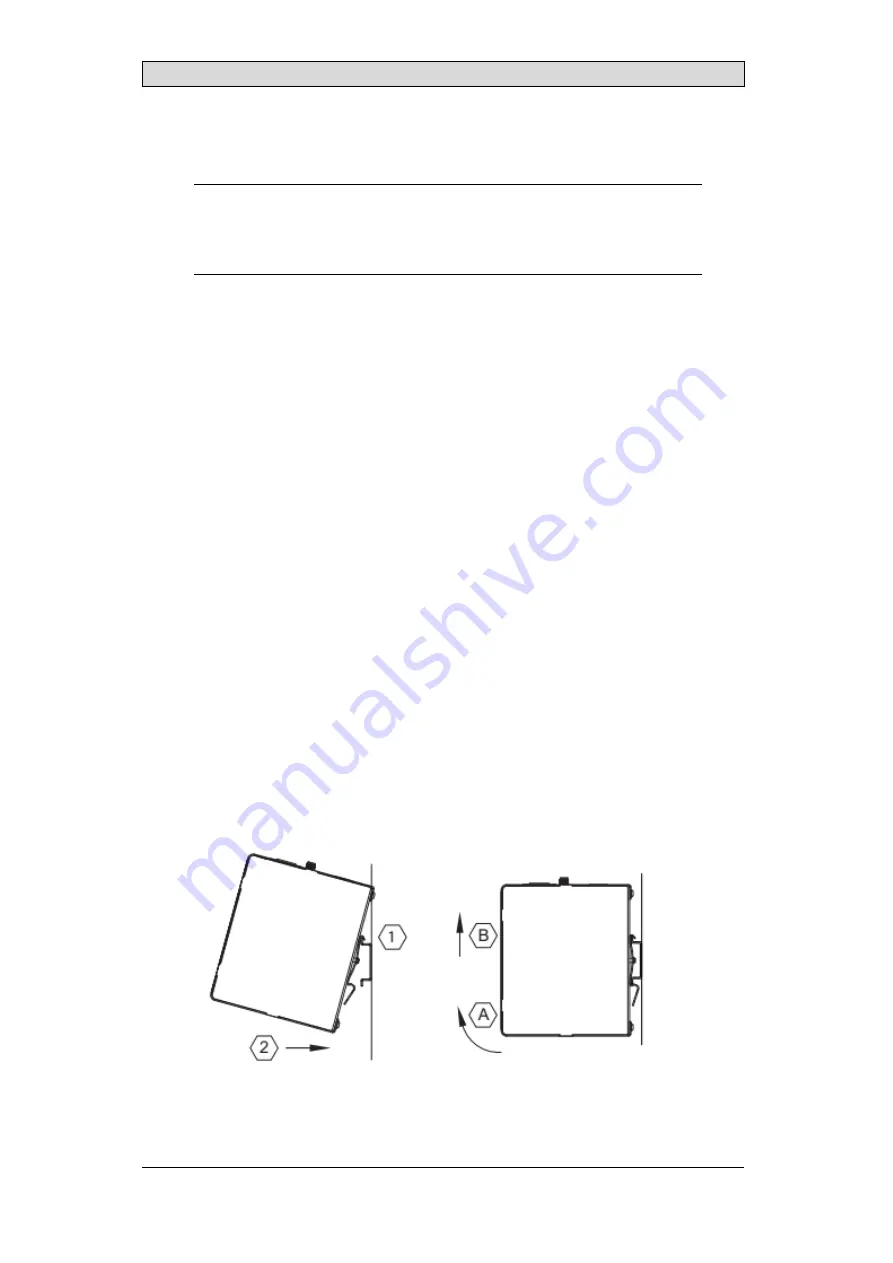
Installation
3
Installation
Note:
Install in an enclosure
These devices are open-type and are meant to be installed in an enclosure which is only
accessible with the use of a tool and suitable for the environment.
When designing the layout of your system, always separate the devices that
generate high voltage and high electrical noise from the low-voltage, logic-type
devices such as the CloudVPN Router.
Also consider the heat-generating devices and locate the electronic-type devices
in the cooler areas of your cabinet. Reducing the exposure to a high-temperature
environment will extend the operating life of the CloudVPN Router.
Consider also the routing of the wiring for the devices in the panel. Avoid placing
low-voltage signal wires and communications cables in the same tray with AC
power wiring and high-energy, rapidly-switched DC wiring.
The CloudVPN Router is designed to be cooled using natural convection. For
proper cooling, you must provide a clearance of at least 25 mm above and below
the device. Also, allow at least 25 mm of depth between the front of the device
and the inside of the enclosure.
Because Beijer Electronics’s CloudVPN Router is essentially a small computer, the
CloudVPN Router can be used for many different purposes. You can, for example,
access, program and control industrial machines around the globe. Do not use
the CloudVPN Router unless you’ve received proper training or have proper
knowledge about the CloudVPN Router and its capabilities. It is expected that
the user is knowledgeable about networking settings and is aware of the potential
consequences on i.e. security.
3.1 Installing and removing from DIN
rail
The CloudVPN Router can be easily installed on a standard DIN rail. (1) Hang
the device on the rail and (2) push the unit down until you feel a click. To remove
the unit, (A) pull/rotate the device up and (B) lift off the rail.
Beijer, MAEN327
10


